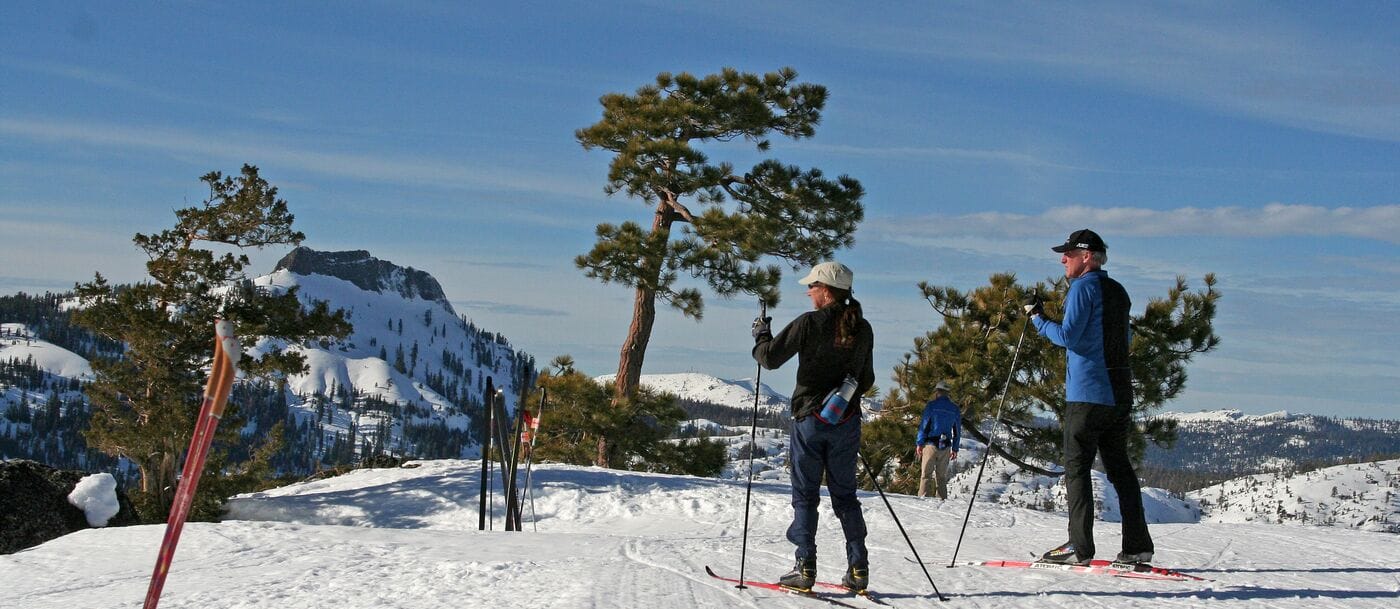In the deep midwinter—the cold, dark stretch between the holidays and Groundhog Day—options for outdoor activity can feel limited. But there are special places we’ve protected from coast to coast that offer plenty of ways to while away a winter weekend in the great outdoors. So whether snow lights your fire or sends you packing, we have you covered.
Ouray Ice Park (Ouray, Colorado)
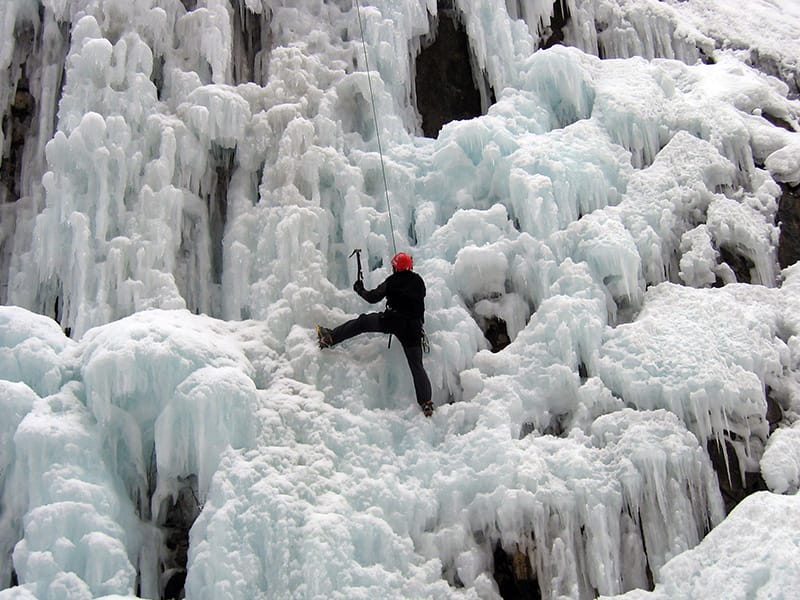
Photo: Jason Corzine
Ice climbing is not for the faint of heart. You have to hoist yourself up a wall of ice by swinging small axes in each hand and wielding boots fitted with metal spikes—called crampons. But it has soared in popularity in recent years, and a favorite destination for expert and novice alike is Ouray Ice Park. Situated in the Uncompahgre Gorge, the ice park uses piped water and sprinklers to create glittering vertical cascades of ice. If you’re not ready for crampons, grab a camera: opportunities for winter photography abound. In 2007, we helped the City of Ouray acquire land from the U.S. Forest Service. [Explore our work in Colorado.]
Rachel Carson National Wildlife Refuge (Biddeford, Maine)

Photo: Jerry and Marcy Monkman
While this national wildlife refuge may be a birding hot spot during the fall and spring migrations, it also makes for a lovely winter walk. Named for the marine biologist and author of Silent Spring, the refuge stretches for some 50 miles along the coast of southern Maine and encompasses 14,600 acres. One especially scenic spot is Timber Point, a 97-acre peninsula south of Portland that we helped protect from development a decade ago. An easy path takes you along the shore where you’ll see the sun glinting off the ocean and might even spy wintering ducks such as red-breasted mergansers and common goldeneyes. [Explore our work in Maine.]
Mount Ascutney (West Windsor, Vermont)

Photo: Ian MacLellan
If you’re tired of overcrowded, overpriced ski resorts, Mount Ascutney in Vermont has your number. The community-owed ski area emerged from the ashes of a commercial resort that went bankrupt in 2010. Five years later, we helped the town of West Windsor acquire the western base and peak of Mount Ascutney, which rises to 3,144 feet. On winter weekends, the nonprofit Ascutney Outdoors runs a back-to-basics ski area (think T-bar and rope tow), offering affordable alpine skiing, tubing, and snowshoeing, with the upper mountain available for backcountry skiing. Check the website for updates about conditions and closures; in keeping with the vintage vibe, there is no snowmaking. [Explore our work in Vermont.]
Captain Leonard Destin Park (Destin, Florida)
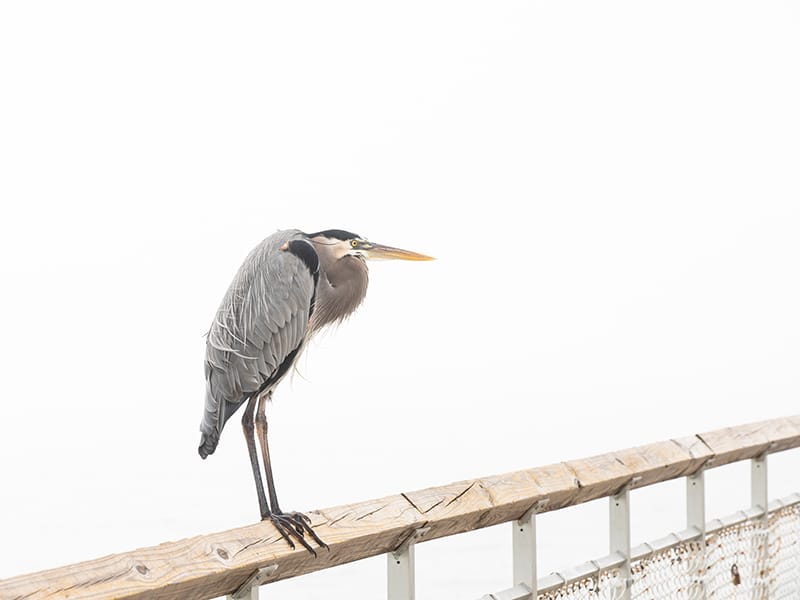
Photo: Charlotte Kesl
When sleet and snow rain down, thoughts naturally turn to Florida. The Sunshine State has many options for basking in the balmy outdoors. One scenic destination is Captain Leonard Destin Park. The 3.4-acre site is sandwiched beautifully between Choctawhatchee Bay and the Gulf of Mexico. In addition to playgrounds and picnic areas, it features a dock, splash pad, and paddlecraft launch—plus a heron rookery for wildlife buffs. In partnership with the Florida Department of Environmental Protection, we created the park with funding from BP’s Deepwater Horizon settlement following the disastrous oil spill of 2010. [Explore our work in Florida.]
Frogtown Park and Farm (St. Paul, Minnesota)
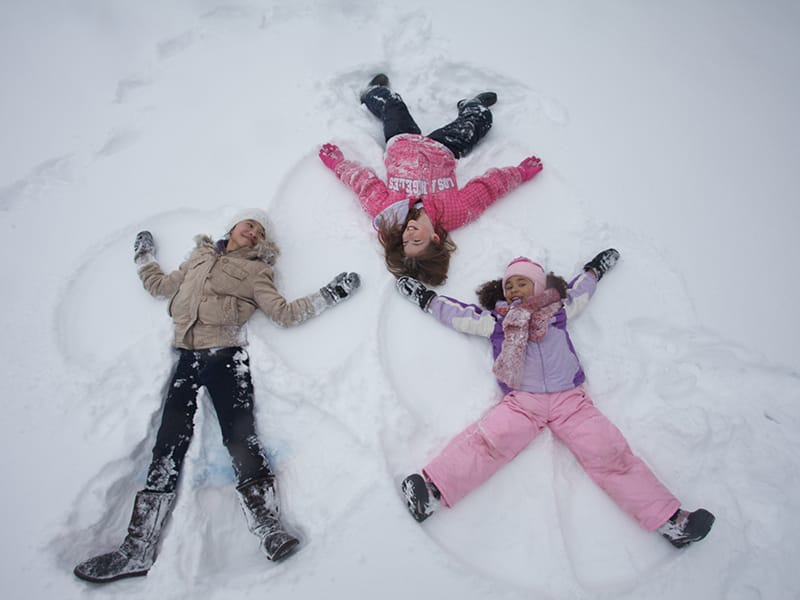
Photo: Allen Brisson-Smith
In a remarkably diverse corner of St. Paul, Frogtown residents celebrated the opening of a community park five years ago. The 12.7-acre site includes a five-acre organic farm (managed by a local nonprofit) and nature-based play area, truly transforming a neighborhood that once had the city’s lowest amount of green space per child. In winter, after a fresh snowfall, children flock to the park’s sledding hill, as well as the dormant vegetable fields, which make an ideal canvas for snow angels. We worked with the Amherst H. Wilder Foundation, many generous donors, and city and state agencies to secure the acreage and then transferred it to the city. [Explore our work in Minnesota.]
Swan Valley (Swan Lake, Montana)

Photo: Ted Wood
In northwestern Montana, the Swan Valley stretches from the Mission Mountains to the Bob Marshall Wilderness Complex—an expanse of lakes, ponds, marshes, and streams that together support a riot of wildlife, from mule deer to moose. Come winter, the landscape is swallowed by snow, and another mammal—the sled dog—takes center stage. A number of “mushers” operate businesses in the area, their teams of dogs pulling tourists over miles of terrain. Working with other conservation groups, we’ve protected thousands of acres in and around the Swan Valley. (The effort was part of the 310,000-acre Montana Legacy Project, one of the largest conservation undertakings in American history.) Among the dogsled tour operators in the area is Base Camp Bigfork. [Explore our work in Montana.]
Saguaro National Park (Tucson, Arizona)

Photo: iStock
Looking for a place to escape the cold? Nothing evokes warmth like the American Southwest, where Saguaro National Park, with 190 miles of trails outside Tucson, beckons in every season. This time of year, temperatures range in the mid-60s during the day—perfect hiking weather. Snow does occasionally fall, however, providing an important water source for plants such as the giant saguaro cactus, which is endemic to the Sonoran Desert and can live up to 200 years. Snow-dusted saguaro cacti, with their outstretched “arms,” make a great photo op. Since 1993, we’ve protected over 2,237 acres in and around Saguaro National Park. [Explore our work in Arizona.]
Royal Gorge (Soda Springs, California)
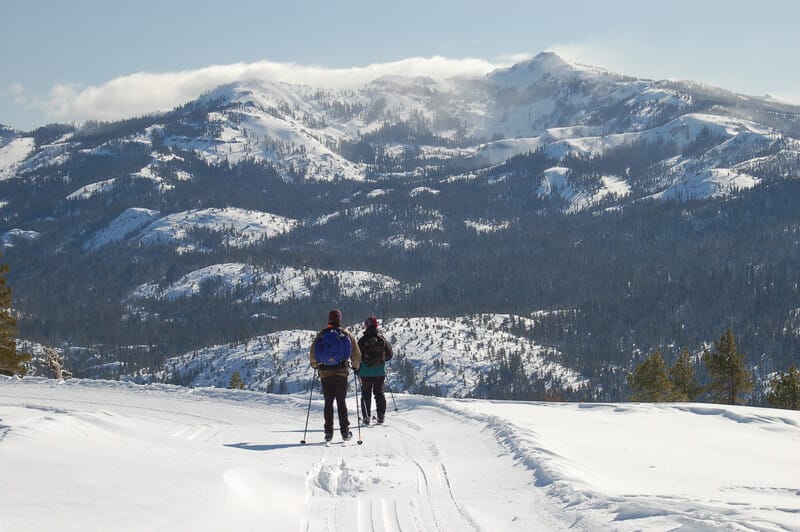
Photo: David Galson
If cross-country skiing is your jam, there is no better place to click into a pair of Nordic skis than Royal Gorge. The largest cross-country ski area in North America, Royal Gorge has 87 miles of trails—many of them groomed—across 6,000 acres in the Sierra Nevada. The views of the northern Sierra are spectacular, but when you need a break, there are nine rustic warming huts. Equipment rentals and group lessons are also available. In 2012, we helped protect 3,000 acres of the property, which is now owned by the Truckee Donner Land Trust. [Explore our work in California.]
Feeling Inspired?
All of these places—and many more—are protected thanks to Trust for Public Land supporters. Join us in our mission to bring the profound benefits of equitable access to the outdoors to millions of people across America.
Despite the importance and popularity of our forests, they face unprecedented threats. Take action now and urge Congress to protect our country’s forests by signing our petition today!

Donate to become a member, and you’ll receive a subscription to Land&People magazine, our biannual publication featuring exclusive, inspiring stories about our work connecting everyone to the outdoors.

